24 December 2015
21 December 2015
| Old tom and the wreck of the Alladin in Jervis Bay. | ||||||
 | ||||||
This is the story of “Old Tom” Thomas
Cleary, who spent his life on the high seas and endured many adventures along
the way. Old Tom, just turned 97 when he told his story to a correspondent from
the Cumberland Argus and Fruitgrowers Advocate
Parramatta in 1901.
Born in London to Irish parents in 1805. | ||||||
| ||||||
| ||||||
Old Tom sailed to all parts
chasing slavers, pirates and opium clippers. Much of his time was spent on the
south coast of Africa.
In 1834 he saw service in the China War. | ||||||
| ||||||
| Tom had served 32 years in the service, after the China War he was paid off and left the service but shortly after rejoined. | ||||||
| ||||||
| Tom was soon back at sea, first joining a whaler at Port Phillip in 1851. | ||||||
| ||||||
| ||||||
| ||||||
The whaler that took me off'
was called the 'Aladdin.' We were afterwards wrecked in Jervis
Bay.
| ||||||
| ||||||
| ||||||
| full account - http://nla.gov.au/nla.news-page8898302 | ||||||
Western Star and Roma Advertiser Toowoomba 1902. | ||||||
| Just one year after the interview above ‘Old Tom”
passed away at the Parramatta District Hospital. After all his adventures he
spent his final days making veranda blinds and was well known in the town. He was bright and well and clear until 10 days before his death when he contracted pneumonia. It wasn’t the first time ‘Old Tom” had died. When Tom left the navy he was granted a pension, but owing to illness for 18 months he neglected to draw his pension. Then when he did apply for it he was told that he had been written off as " dead." |
18 December 2015
War! War! War!
17 December 2015
Undesirable sights near Jervis Bay - 1893
16 December 2015
Shoalhaven Snippets
Jervis Bay Items. 1915
With Christmas so close and the rain bucketing down accompanied by severe lightning and loud thunder I came across this small article from 100 years ago.
I hope our holiday makers have a better time of it this year.

15 December 2015
Severe gale off Jervis Bay nearly claims another ship
14 December 2015
10 December 2015
Desikoko Relics
| Preservation continues. |
| Back in April 2015 some objects from the wreck of the Desikoko were given to the museum, I have already covered the loss of the Desikoko and these relics, but the preservation process is still ongoing, today one of the objects was bought out of the water bath and allowed to dry, I took the opportunity to snap a couple of close up pictures of these rare relics. |
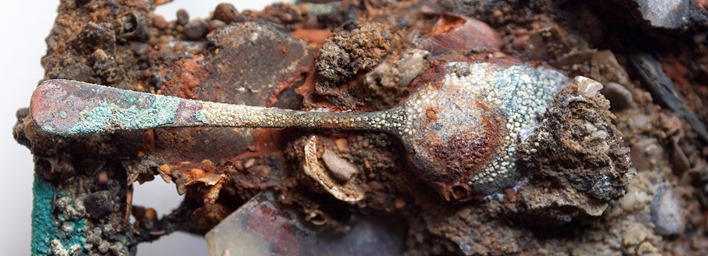 |
 |
Wreck of the T.S.S Merimbula.
 |
| This photograph of the T.S.S. Merimbula appeared in the April edition of the Sydney Mail 1928, it shows the ship after she ran aground on the rocks at Currarong. You can see Lobster Bay with a small sailing vessel in the background. |
  |
7 December 2015
Captain’s Point Jervis Bay
| Paul Newman sent us these amazing images, Paul served with the Australian Navy on submarines. He now works in the old Engineering Workshops at Creswell. |
 |
| This image shows some of the original wharf with small sailing vessels tied up to their moorings. Particularly interesting is the silhouetted figure of a well dressed lady standing on the wharf. |
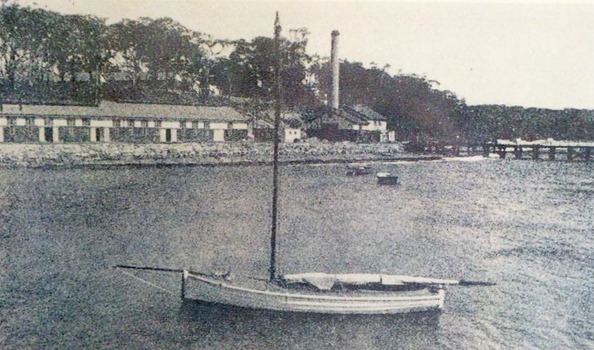 |
| Here we see most of the Engineering Workshops have been constructed, including the Power House, the coal to generate power was supplied by small coastal steamers. |
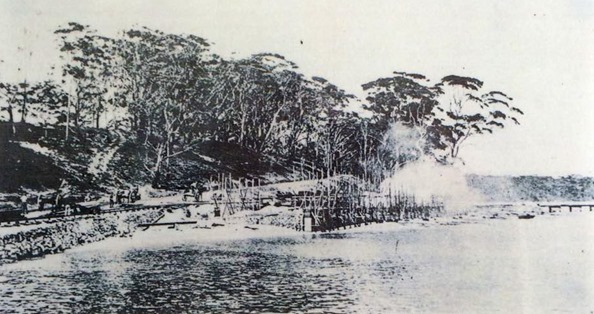 |
| The image above shows the railway line running along the shoreline. |
 |
| This photo would have been taken much later, most of the facility was complete and operating. |
| Paul went out and took a few images to show what is left of the old wharf. |
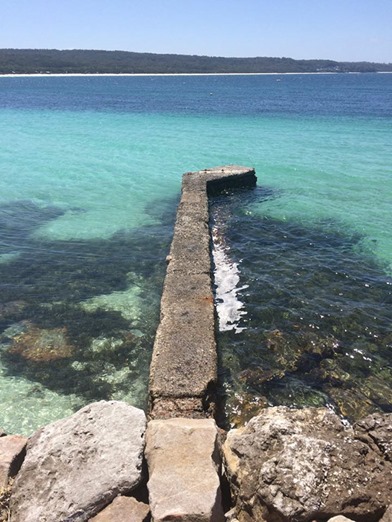  |
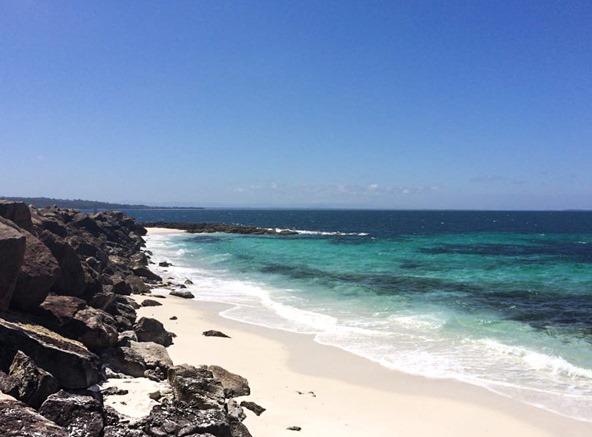 ![[image5.png]](http://lh3.googleusercontent.com/-lXjc72kRxe8/VluqS0kCP-I/AAAAAAAALQY/-BY615rs3aY/s1600/image5.png) |
| This photo shows us what is left of the rock shelf that was named Captain’s Point. Most of it was covered by the original breakwater, leaving this small section jutting out into the bay. The black and white image shows the point before it was covered. |
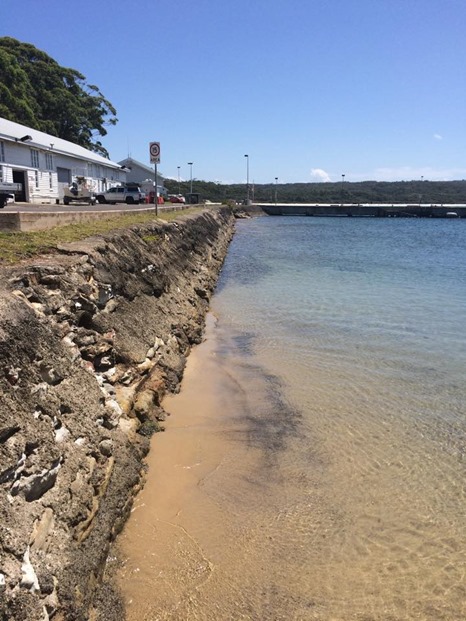 |
| The present day wharf, with some of the original Engineering Workshops, now heritage listed. |
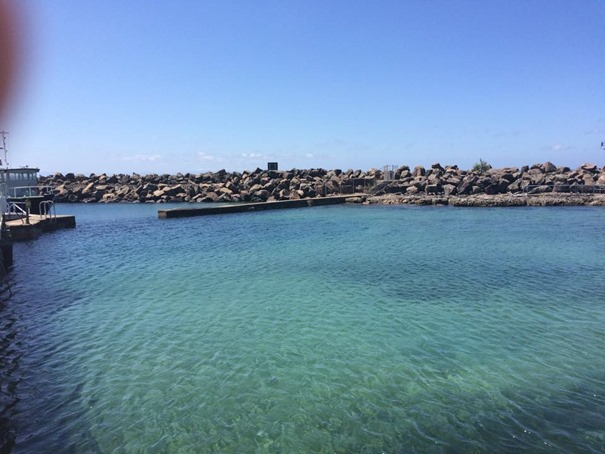  Sun bakers - By the 1930’s the Great Depression had hit Australia hard, the government deemed the college to expensive to operate as a training facility and moved the cadets to H.M.A.S Cerberus in Victoria. Sun bakers - By the 1930’s the Great Depression had hit Australia hard, the government deemed the college to expensive to operate as a training facility and moved the cadets to H.M.A.S Cerberus in Victoria.Many of the buildings were leased to private operators as a holiday resort. This picture shows holiday makers sunbaking and swimming inside the protection of the breakwater. The college was re-established as a training facility for the navy in January 1958. |
| We would like to thank Paul for sending us the photo’s. |




